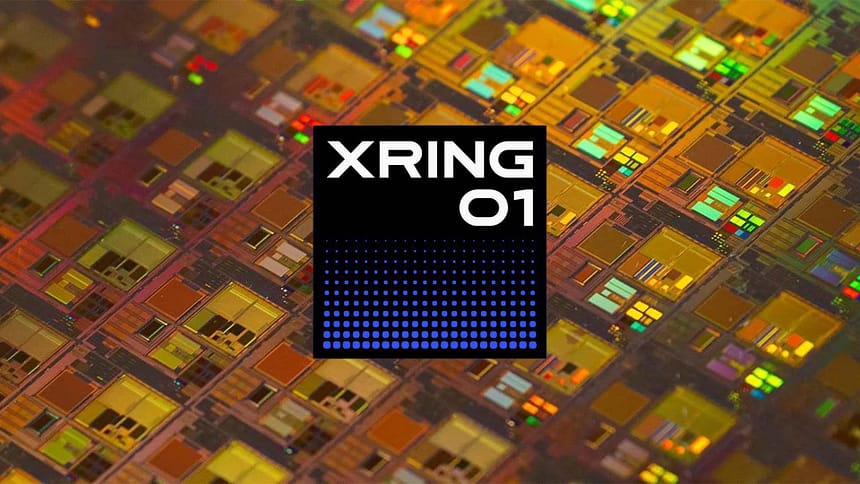This week saw Xiaomi CEO Lei Jun officially announce the XRING 01, and it only took a few days for the in-house chipset to be spotted in a new benchmark leak. The results show that even though the Snapdragon 8 Elite is faster than the latest entrant, the difference is not much, indicating that the 10 years dedicated towards R&D have finally borne fruit for the Chinese firm, and it poses an actual threat to the likes of Qualcomm and MediaTek. There are other details that we know you would love to check, so let us jump right to it.
A combination of increased performance cores and clock speed bumps allows the XRING 01 to trade blows with the Snapdragon 8 Elite, but power consumption could be a concern
The Geekbench 6 listing was uploaded by tipster @Jukanlosreve, but when we tried searching for the same benchmark, we were not so lucky. Regardless, the device in question is the Xiaomi 25042PN24C, and it sports the ‘2 + 4 + 2 + 2’ cluster, with the fastest one likely being ARM’s Cortex-X925 operating at 3.90GHz. Previously, a rumor claimed that the XRING 01 would rely on the British chip design firm’s current-generation designs instead of in-house cores, but that specific claim mentioned that the Cortex-X925 would be clocked at 3.20GHz.
On this occasion, the frequency has been bumped to 3.90GHz, hinting that the XRING 01 is mass produced on TSMC’s 3nm process, not the older 4nm node, as only this lithography would allow the SoC to help sustain such clock speeds and run at acceptable temperatures. Next, we have four cores functioning at 3.40GHz, which we once again suspect to be the Cortex-X925. As for the remaining, those probably belong to Cortex-A725.

To aid the XRING 01 in competing with the likes of the Snapdragon 8 Elite and Dimensity 9400+ and to bring its single-core and multi-core scores to 2,709 and 8,125, Xiaomi may have deliberately increased the number of cores, which might compromise its efficiency. For comparison, the Xiaomi 15 Pro obtained a single-core and multi-core score of 2,919 and 8,699, respectively, making the XRING 01 just 7 percent slower in the multi-threaded category. As for what is puzzling us, this entire benchmark leak showcases a variation in the chipset’s specifications.
We reported that the XRING 01’s configuration would sport the ‘1 + 3 + 4’ cluster, whereas the Geekbench 6 listing reveals something else entirely. It may be possible that Xiaomi has a slower version of its custom silicon tailor-made for another device rocking an 8-core CPU, but until we see tangible proof, we recommend readers treat this leak with a pinch of salt for now.





